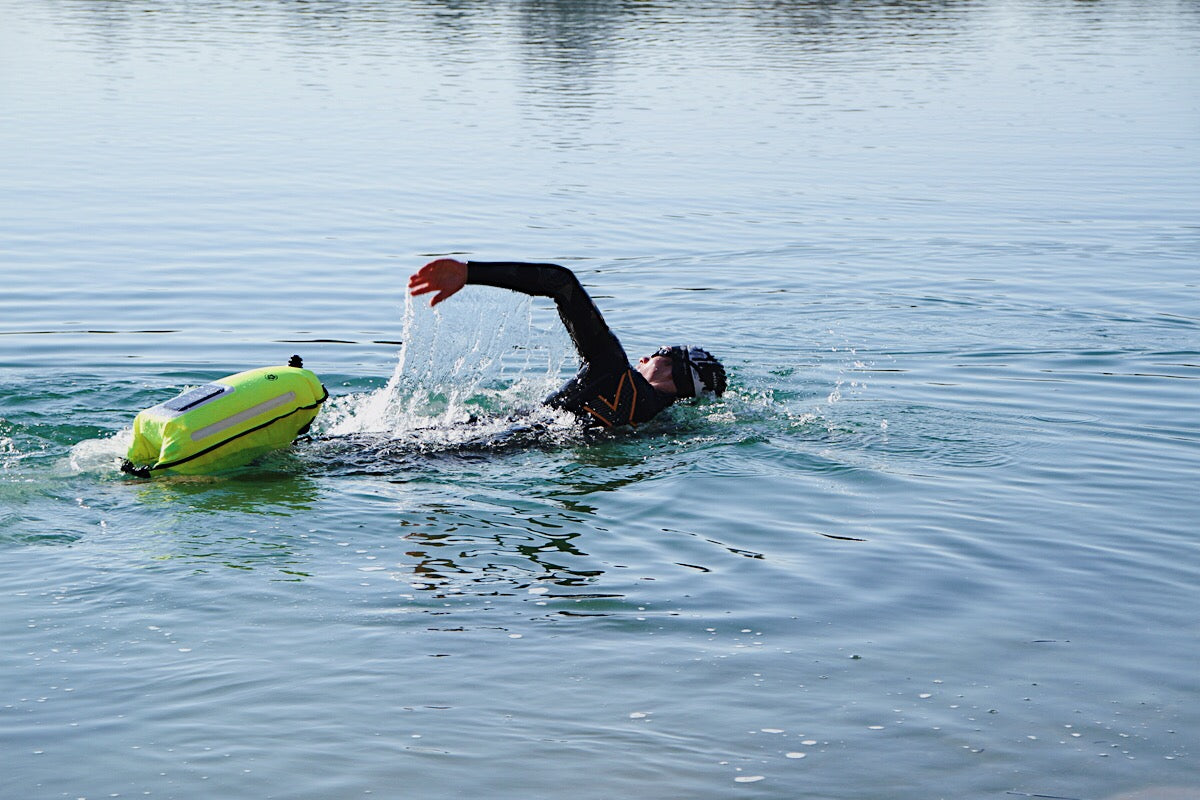Who doesn't know this: you get off your bike in a competition and start running as if on raw eggs. The ability to adapt is required here. How well an athlete can transition from one discipline to the next is a performance-defining skill in triathlon—and it can be trained! The key word is coupling training. We will show you how you can effectively combine the disciplines in training.
The paddock training can be trained for the transition from swimming to cycling and from cycling to running. However, since swimming has relatively little influence on the subsequent discipline due to other muscular demands, the swim/bike transition plays a much smaller role in couple training than the bike/run transition.
Why running isn't just running after cycling
Due to the preload from cycling, running in triathlon takes place under special conditions. On the one hand, there is already a certain degree of fatigue in the muscles at the beginning and the energy stores are empty. On the other hand, the neuromuscular movement coordination in cycling and running is very different. The control of the muscles must therefore be changed as quickly as possible at the beginning of the run.
The goal of couple training is to make the transition from cycling to running as quickly and efficiently as possible. The neuromuscular requirements for higher speeds when running are developed and a running style that is as economical as possible under fatigue is trained. Professional athletes over the Olympic distance, for example, can run the final 10 km run almost at the pure 10 km best time due to years of training.
>Handles for a quick change can also be trained here
With the following unit you train this change of load as optimal preparation for the upcoming competitions. At the same time, the unit is the ideal opportunity to practice changing procedures, such as getting on and off the bike, putting on and taking off your helmet and shoes, etc.
process of the unit
- 20-30min easy cycling, heart rate in GA1
- 3-4 sets of 5km race pace bike + 1km run at very fast pace (about 10-15s/km above target race pace at Sprint or Olympic distance)
- Break each 1km easy running in the lower GA1
- 30-60min easy cycling, heart rate in GA1





















2 comments
Stephan Schepe - triathlon.de Training
Hallo Leo,
dabei handelt es sich um aktive Pause, die Du zwischen den einzelnen Durchgängen machen solltest.
Leo Lax
Rückfrage: ….. das heißt: 3-4 x (5km Rad + 1km Lauf schnell und 1 km lockeres Laufen) oder nach den 3-4 Durchläufen 1 × 1km lockeres Laufen im unteren GA1?